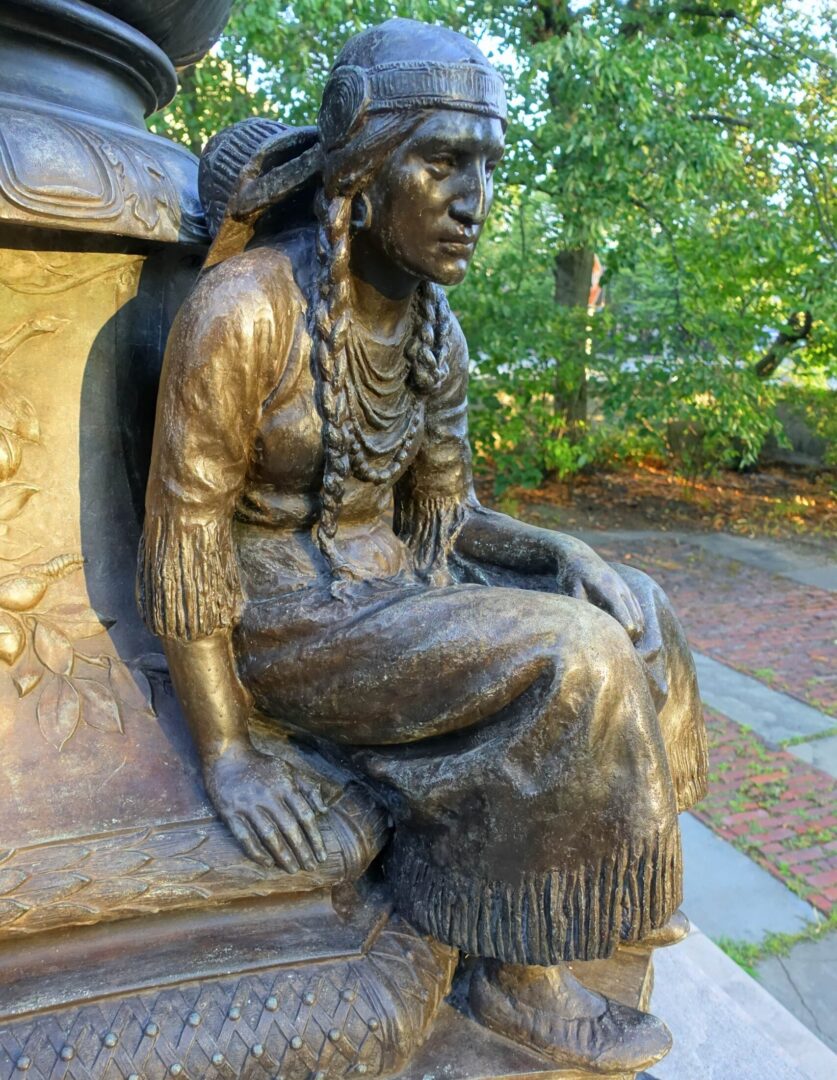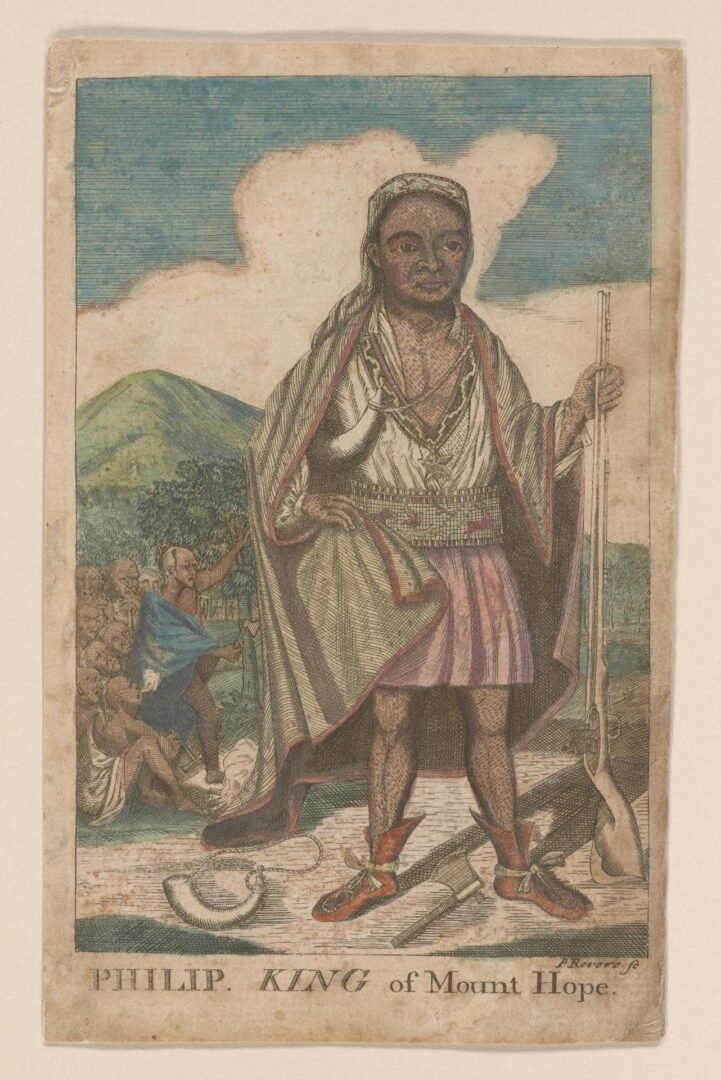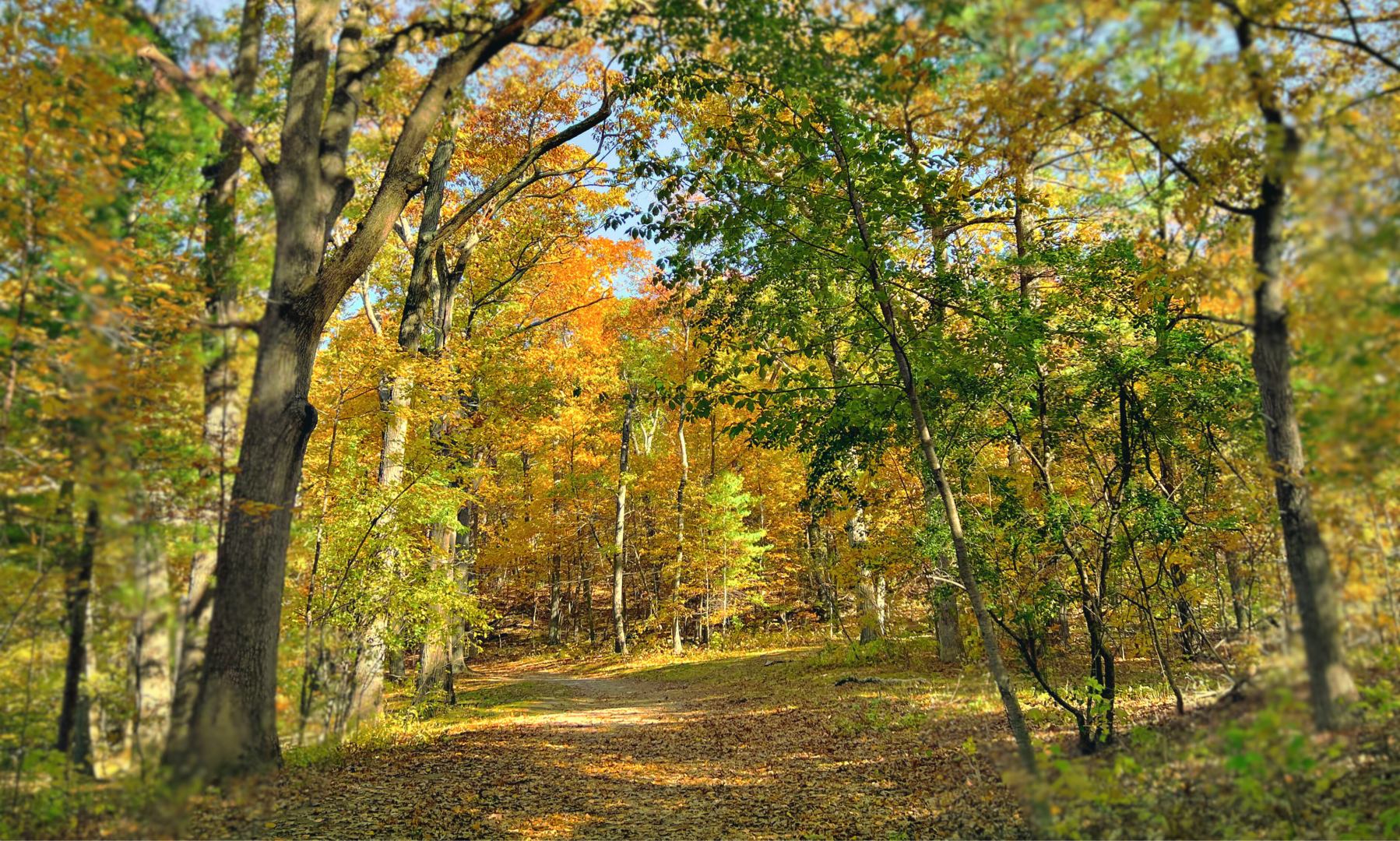by Kyle McGrath
November is National Native American Heritage Month. To celebrate, we are looking into some of the history of the Middlesex Fells and indigenous peoples’ experiences in the Fells. Learn more about some of the recorded history below.

1614: Captain John Smith explores the Massachusetts Bay and documents an estimated 3,000 Massachusett living in 20 settlements around Boston Bay. These people have a wide-ranging network of trade and diplomatic ties with neighboring tribes and confederations, a system of land ownership with lands set aside for hunting and agriculture, and a political structure centered around hereditary rulers, or sachems.
1617-1619: An epidemic, probably smallpox spread by European traders, kills up to 90% of the Massachusett population, causing the abandonment of many settlements.
1619: Nanepashemet, sachem of the Massachusett and leader of the Pawtucket Confederation that controls the area now comprising the Middlesex Fells, dies in battle with a rival tribe, possibly the Mi’kmaq. Leadership of the confederation passes to his wife, the “Squaw Sachem of Mistick (Mystic)”, whose given name is not known, and his three sons, Wonohaquaham or “Sagamore John,” Montowampate or “Sagamore James,” and Wenepoykin or “Sagamore George.” Sagamore John resides in Medford and later becomes known for adopting English language and dress, aiding the colonists, and attempting to use the English court system to resolve legal disputes with mixed success.
1628: The Council for New England, the English joint stock company responsible for the colonization of North America, grants the land between the Charles and Merrimack Rivers – already home to thousands of native people – to a company of investors, later the Massachusetts Bay Company, for colonization. Governor John Endicott lands with the first band of colonists at Naumkeag, later renamed Salem.
1629: King Charles I grants a royal charter to the Massachusetts Bay Company, formally creating the legal basis of the Massachusetts Bay Colony.
1630: The “Winthrop Fleet,” carrying 700 colonists led by John Winthrop, arrives in Salem. Winthrop takes over for Endicott as Governor of the colony.
1632: In winter, John Winthrop explores the area of the Middlesex Fells, then the territory of the Pawtucket Confederation. Winthrop gives Spot Pond its name, after the many rocks and small islands he sees poking up from the pond’s frozen surface.
1633: A smallpox epidemic devastates the Pawtucket Confederation, leaving only a few hundred alive and killing two of Nanepashemet’s sons, Wonohaquaham and Montowampate. The Squaw Sachem and his surviving son Wenepoykin are left to rule a much reduced band. 17-year-old Wenepoykin is badly disfigured by the disease, leading to his nickname “George No Nose.”
1639: The Squaw Sachem deeds a large tract of land, stretching from modern-day Medford Square to Salem, to the English colonists. The colonists pay in cash and trade goods and are additionally required to furnish her “a coate every winter while shee liveth.” This territory includes the present-day Middlesex Fells Reservation.
1644: The Squaw Sachem places her people under the jurisdiction of the Massachusetts colony, ending their political independence.
1645: The first English farm is constructed near Bear Hill.
1650: The Squaw Sachem dies.

1675: Metacomet or “King Philip,” chief of the Wampanoags and son of the great sachem Massasoit, leads an alliance of tribes against the English colonies. The war is caused in large part by unequal treatment of Natives in the English legal system. After years of unsuccessful efforts to re-assert ownership of his land in the English courts, Wenepoykin, the youngest and only surviving son of Nanepashemet, joins King Philip’s side in the war.
1676: King Philip’s War ends with the defeat of the Wampanoags and their allies and the death of King Philip. English dominance in Massachusetts is firmly established. Like many on the losing side, Wenepoykin is sold into slavery in Barbados.
1684: John Eliot, the Puritan missionary who also translated the Bible into the Massachusett language, secures Wenepoykin’s release from slavery and returns him to the “Praying Indian” town of Natick, MA. Having returned home, Wenepoykin, last son of Nanepashemet, dies in Natick in September of 1684 at the age of 68. He deeds all his remaining land to his successor, Quonopohit or “James Rumney Marsh,” in whose house he stayed until his death. Most of this land is sold off by the end of the 1680’s.
Sources
Bradford, William and Winslow, Edward (1865). Mourt’s Relation, or Journal of the Plantation at Plymouth. Boston: J. K. Wiggin.
Chapman, Henry Smith (1936). History of Winchester, Massachusetts. Winchester: Town of Winchester.
Gleason, Hall (1921). The Indians of the Mystic Valley and the Litigation over Their Land. Medford Historical Register 24
Heard, Duane Hamilton (1890). History of Middlesex County, Massachusetts. Philadelphia: J.W. Lewis
Thatcher, Benjamin Bussey (1839). Indian Biography. New York: Harper
Winthrop, John (1908). Winthrop’s Journal “History of New England” 1630-1649. Massachusetts: Scribner
Resources
Check out Outdoor Learning’s list of Indigenous Learning Resources and Opportunities here.
The National Native American Heritage website can be found here.
The Bureau of Indian Affairs webpage celebrating the month can be found here.
